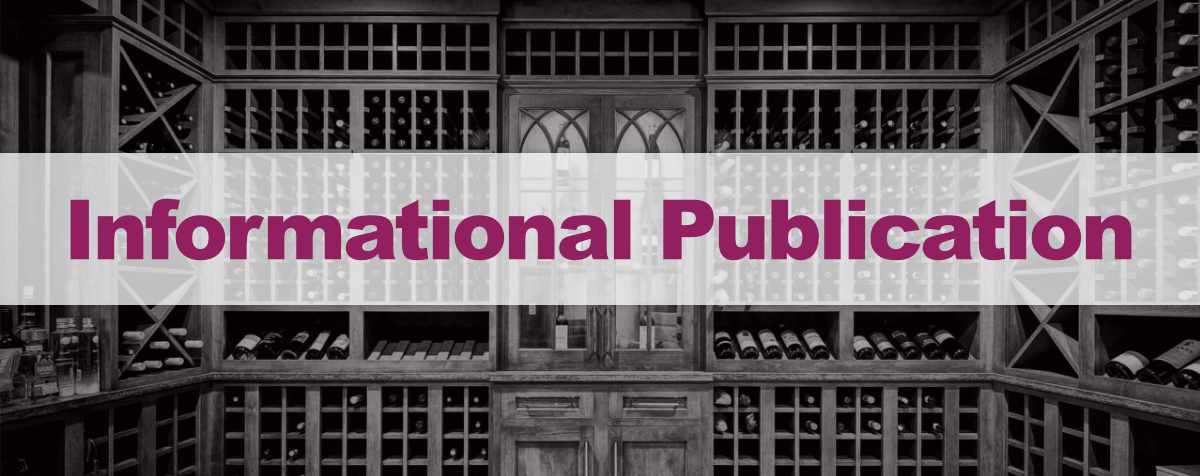
The grand world of wine, rich with tradition, innovation, and a dizzying array of aromas and flavors, brings to the fore two major stalwarts - France and Italy. These countries are not just geographical neighbors but also the two largest wine-producing nations globally. The illustrious history of their viticulture, the diversity of their wines, and the distinct cultural attitudes toward wine are intrinsic to their identities. The information below will take a deep dive into the histories of French and Italian wines, along with the differences that set them apart.
Historians believe the history of French wine traces back to the 6th century BC during the colonization of Southern Gaul by the Greeks. But it was the Roman Empire's expansion that saw viticulture spreading throughout the land. Regions like Bordeaux, Burgundy, and Champagne began to develop their distinctive winemaking methods and grape varieties around the Middle Ages, creating wines that would eventually be recognized and praised worldwide.
ItalyItaly’s relationship with wine goes back some 4000 years to the Bronze Age. The Greeks, Etruscans, and Romans all contributed to the early development of viticulture in Italy. However, like France, it was under Roman influence that Italian wine began to flourish. The Romans pioneered several wine production techniques and also initiated the concept of ‘terroir’ – the unique combination of factors, including soil, climate, and sunlight, that affects the taste of wine.
French wine is all about the geography - the concept of 'terroir'. It is closely tied to specific regions, each offering a unique variety and style. These regions or appellations have strict regulations regarding the methods of production and the types of grape varieties used. Bordeaux, famous for its red blends of Cabernet Sauvignon and Merlot, and Burgundy, known for its Pinot Noir and Chardonnay, are just a few of the famous wine regions of France.
ItalyItaly's approach to wine is also region-centric, boasting of 20 diverse wine regions. However, Italian wine laws are somewhat less rigid, often allowing a more extensive range of grape varieties. Regions like Tuscany, famous for its Sangiovese-based Chianti, and Piedmont, known for its Barolo and Barbaresco wines made from the Nebbiolo grape, contribute to the country's diverse wine portfolio.
In France, wine is often considered an integral part of a meal. French wines are generally made with a more restrained, balanced style that compliments food, rather than overwhelming it. French wine labels emphasize the wine's geographical origin, giving prominence to the region, village, or vineyard where the grapes are grown rather than the type of grape.
ItalyFor Italians, wine is a lifestyle – it's seen as a natural accompaniment to food, but also consumed casually throughout the day. Italian wines can range from light and zestful to intense and rich, reflecting the country's culinary diversity. Italian wine labels tend to provide information about the grape variety, alongside the region of origin.
Despite the challenging global market, France has maintained its reputation for producing some of the world's most renowned and expensive wines. French wines such as Bordeaux, Burgundy, and Champagne are symbols of luxury and are heavily exported worldwide.
ItalyItaly, in recent years, has seen an upsurge in the global market with its affordable and quality wines. Prosecco has experienced a significant rise in popularity, and regions like Sicily and Puglia have gained recognition for their authentic, value-driven wines. The rise of Super Tuscans – high-quality wines that defy traditional Italian wine laws – is also a testament to Italy's innovative spirit and market adaptability.
French wine producers have started embracing sustainable viticulture, recognizing the importance of biodiversity and minimizing the use of chemical inputs. Moreover, innovation has made its way to the French wine industry with modern winemaking techniques and technology-driven vineyard management, ensuring quality and consistency.
ItalySustainability is a significant focus for Italian wine producers, with an increased shift towards organic and biodynamic farming. Innovation in Italy is largely about rediscovery – reviving ancient grape varieties and reinvigorating lesser-known wine regions.
Both French and Italian wines are steeped in rich history and traditions that continue to shape their winemaking processes and philosophies. While they share many similarities, the nuances in their approaches – be it the emphasis on 'terroir' or grape variety, the food-wine relationship, or their strategies for innovation and sustainability – set them apart.
Whether you are drawn to the elegance and refinement of French wines, or the diversity and rustic charm of Italian wines, there is no denying that both bring unique and valuable contributions to the global wine stage. It is this diversity and complexity that makes the world of wine so intriguing and enjoyable.■
The distraction-free information presented in this publication was thoughtfully prepared and published by Wine4Cellars.com. It was developed for wine enthusiasts, connoisseurs, collectors, and investors with AI support to deliver a clear, accurate understanding of the topic explored.
For inquiries, send a message to the email address below.